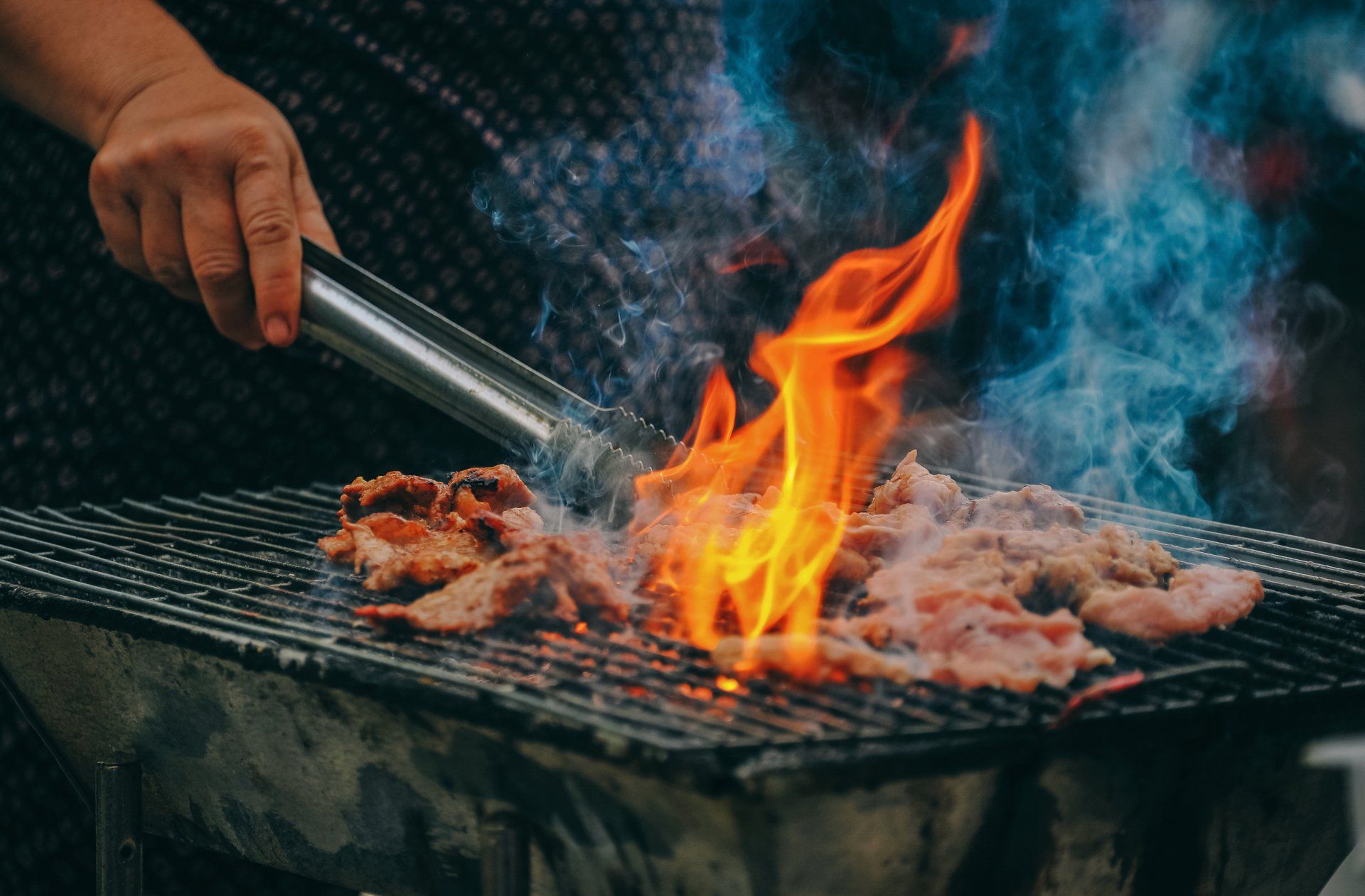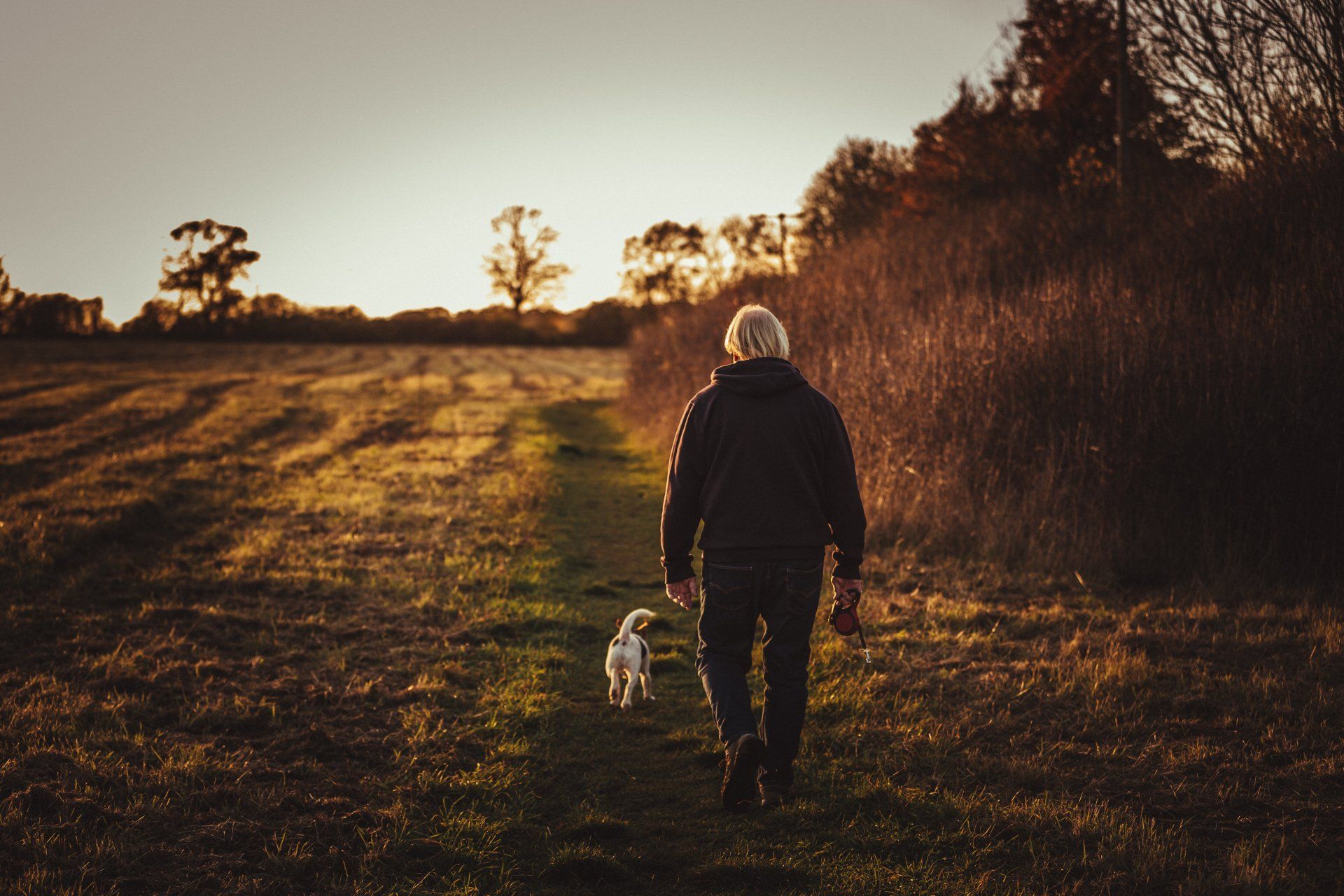10 ways to keep cool this summer
June 7, 2023
Don't let the sun spoil your fun!
During summer, many of us will be spending more time outdoors in warmer temperatures.
Whether you’re spending time in the back garden, having picnics in country parks or jetting off somewhere hotter, don't let the heat affect your health.
Read on to learn about the dangers of prolonged heat exposure and see if our top 10 tips can help you keep your cool this summer.
Health risks of prolonged heat exposure
Prolonged exposure to high temperatures can really take it’s toll on the human body, which can range from making you feel unwell to severe health issues requiring urgent medical care.
The most common heat-related conditions include:
Heat Exhaustion
This is a condition which results from an excess of heat and dehydration, and typically occurs when the body loses water and essential salts through sweating.
Symptoms include:
- dizziness
- headache
- nausea
- vomiting
- feeling weak
- fatigue
- heavy sweating
- muscle cramps
- fainting
If left untreated, heat exhaustion can progress to heat stroke.
Heat Stroke
This is a severe condition and can become life-threatening if left untreated.
Heatstroke occurs when the body’s core temperature rises suddenly and the body is unable to cool down effectively.
Symptoms include
- a high body temperature (often above 40°C)
- altered mental state or confusion
- rapid breathing
- racing heart rate
- headache
- nausea
- seizures
- unconsciousness
Heatstroke requires immediate medical attention.
If left untreated, heatstroke can lead to organ damage and affect the brain, heart, kidneys, and muscles.
Heat cramps
This is a condition where painful muscle contractions occur during or after intense physical activity in hot conditions.
They are usually caused by electrolyte imbalances and dehydration.
Symptoms are commonly felt in the
- calves
- thighs
- abdomen
Heat cramps can be relieved by rest, rehydration, and gentle stretching.
Heat rash
Heat rash, also known as prickly heat or miliaria, is a skin irritation that occurs due to blocked sweat ducts.
Symptoms are usually small, red bumps or blisters and may cause itching or a prickling sensation.
Heat rash commonly occurs in areas where sweat is trapped, such as the neck, chest, groin, or elbow creases.
Keep your cool this summer
We've listed our top tips for keeping cool, so you can stay comfortable and avoid heat-related illness this summer:
1. Hydrate
Staying hydrated helps you to regulate your body temperature and prevent overheating.
Drink plenty of water and fluids to stay hydrated.
2. Find shade
If you're outside, find natural shade from trees, parasols or even by wearing a wide-rimmed sun hat.
You also create your own shade at home with blinds, curtains and shelters to block direct sunlight.
3. Create a good air flow
Proper ventilation, such as opening windows or using fans, allows hot air to escape and promotes healthy air circulation.
4. Dress for the weather
Wear loose-fitting, lightweight, and breathable clothing made of natural fabrics like cotton or linen.
Dark colours absorb heat from the sun, whereas lighter colours reflect sunlight. So, opting for light-coloured clothing can help keep you cooler.
5. Hit the showers
Taking a cool shower or bath can help lower your body temperature and provide instant relief from the heat.
6. Avoid extra heat
Aim to reduce your use of appliances that generate heat, such as using your oven.
Try having cold meals or use alternative cooking methods such as an air fryer or having a barbecue.
7. Check the weather
It's important to check the weather forecast for any extreme weather changes, such as a heatwave, so that you can plan your days accordingly.
8. Damp towels
Placing a cool or damp towel on your forehead or the back of your neck can help you to cool down.
Alternatively, try using a damp cloth to wipe your face, neck, and arms.
9. Avoid peak times
Avoid going outdoors during the hottest part of the day. In the UK, this is between 11 am - 3 pm.
Limit outdoor physical activity during peak times to prevent the risk of injury or heat-related sickness, such as dehydration and heat cramps.
If you need to go outside, seek shade where possible and ensure you drink plenty of fluids.
10. Fans and air conditioning
Fans and air conditioning units can help increase air circulation and create a cooling breeze.
Alternatively, try visiting public spaces and retail stores with air conditioning for temporary relief from the heat.
If you or someone else experiences symptoms of a heat-related illness, it is crucial to seek shade, rest, hydrate, and, if necessary, seek medical attention.









